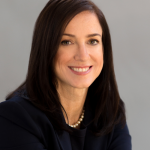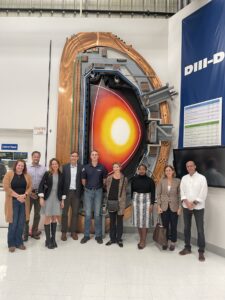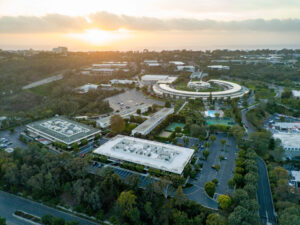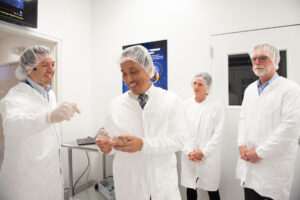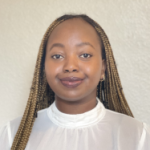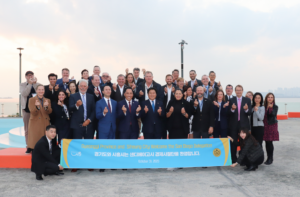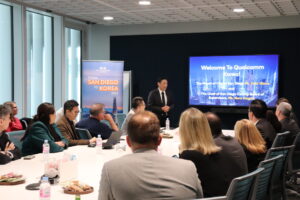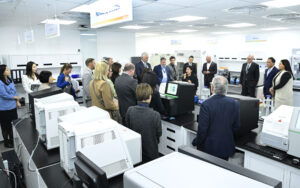As a nonprofit, San Diego Regional EDC is supported by the investment of more than 150 public agencies, private organizations, companies, and developers like the San Diego Seals.
With these investments and in alignment with regional Inclusive Growth goals, EDC provides direct support to companies of all sizes to drive economic prosperity and global competitiveness across the San Diego binational mega-region. EDC sat down with the San Diego Seals, which shared more on the team’s history and role in tourism as our region’s official box lacrosse team.
Read more about the San Diego Seals’ story in San Diego and support for EDC below.
Tell us about the San Diego Seals and its mission.
The San Diego Seals are a professional lacrosse team that competes in the National Lacrosse League (NLL). At the San Diego Seals, we are dedicated to bringing the thrill of box lacrosse to San Diego with intensity and grit. Our mission is to foster a community-focused atmosphere where players and fans alike can experience the spirit of the game. We are committed to celebrating our city, our sport, and our shared passion for the game. Together, we strive to create unforgettable moments and build lasting connections within the San Diego community.
How have the San Diego Seals and lacrosse added to San Diego’s tourism industry strength?
The San Diego Seals contribute to the local tourism industry by attracting local fans and fans from outside the region for home games.  We have formed partnerships with local organizations and businesses, supporting community engagement initiatives and promoting local talent development through our partnerships like YMCA lacrosse clinics and other youth programs.
We have formed partnerships with local organizations and businesses, supporting community engagement initiatives and promoting local talent development through our partnerships like YMCA lacrosse clinics and other youth programs.
These efforts not only enhance match attendance but also position San Diego as a vibrant ‘sports city’ destination.
How should San Diegans prepare for a San Diego Seals match?
San Diegans can get ready for a San Diego Seals game by sporting team gear to show their support and team pride in prep for an exciting night of entertainment. Our games feature nonstop music, thrilling goals, and action-packed moments all evening long. It’s a unique blend of lacrosse, a party, a concert, and so much more. Watching professional lacrosse live is an experience like no other!
What should we expect to see from the San Diego Seals in the future? What are your plans for the offseason?
As we progress through the season, fans can expect competitive play and strategic improvements on the field. Our commitment to youth engagement and community involvement, like our official youth lacrosse affiliate Junior Seals Lacrosse, will continue to drive our initiatives.
For the offseason, we plan to assess our player roster and focus on developing local talent through our training programs. We are excited about collaborations and regional partnerships, like the one with EDC, that will strengthen our presence in the community and enhance our team for future seasons.
Why have the San Diego Seals chosen to invest in EDC?
The San Diego Seals chose to invest in San Diego Regional EDC because we align with its values of promoting an inclusive economic growth strategy in our community. We were drawn to EDC’s mission to foster collaboration among local businesses and community leaders to drive sustainable economic development. Joining EDC allows us to widen our network, participate in impactful events, and actively contribute to initiatives aimed at strengthening San Diego’s economy.
Read more about EDC’s investors in our investor spotlight blog series, and join the San Diego Seals and 150 investors committed to supporting the region’s inclusive economic development by becoming a member of EDC.
Interested in publishing an investor spotlight? Contact our team:
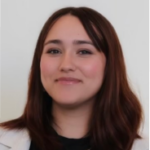
Enya Castañeda
Coordinator, Investor Relations & Marketing Communications

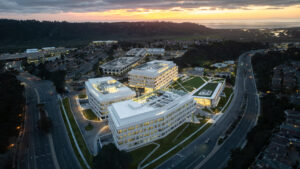
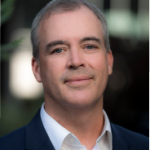


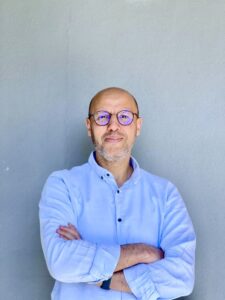


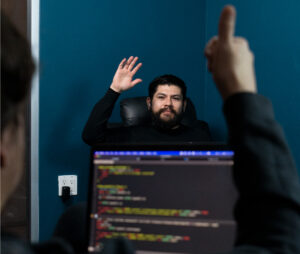
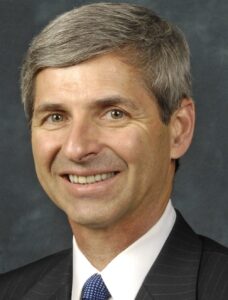 While at Northrop Grumman, he led the effort to make San Diego the company’s ‘center for excellence’ for unmanned systems. Admiral Zortman also served on the Chairman’s Competitiveness Council—a group of senior business and university leaders who worked to carve out meaningful and independent directions and focus areas for EDC, the San Diego Regional Chamber of Commerce, and Connect. He served on EDC’s board of directors and executive committee for more than 10 years. From 2016-2018, Jim served as EDC’s board chair and made ‘economic inclusion’ his focus area and platform. Feeling he had been a part of meaningful and intentional efforts made by the U.S. military to strengthen and diversify its officer ranks, and by Northrop Grumman to increase the number of women and people of color within its engineering, technical, and executive workforce, Jim felt that EDC could be a powerful catalyst to establish inclusion as an economic imperative within the San Diego region. Since Jim’s time as chair, every new EDC board chair has continued to build off the foundation he established and has
While at Northrop Grumman, he led the effort to make San Diego the company’s ‘center for excellence’ for unmanned systems. Admiral Zortman also served on the Chairman’s Competitiveness Council—a group of senior business and university leaders who worked to carve out meaningful and independent directions and focus areas for EDC, the San Diego Regional Chamber of Commerce, and Connect. He served on EDC’s board of directors and executive committee for more than 10 years. From 2016-2018, Jim served as EDC’s board chair and made ‘economic inclusion’ his focus area and platform. Feeling he had been a part of meaningful and intentional efforts made by the U.S. military to strengthen and diversify its officer ranks, and by Northrop Grumman to increase the number of women and people of color within its engineering, technical, and executive workforce, Jim felt that EDC could be a powerful catalyst to establish inclusion as an economic imperative within the San Diego region. Since Jim’s time as chair, every new EDC board chair has continued to build off the foundation he established and has 
